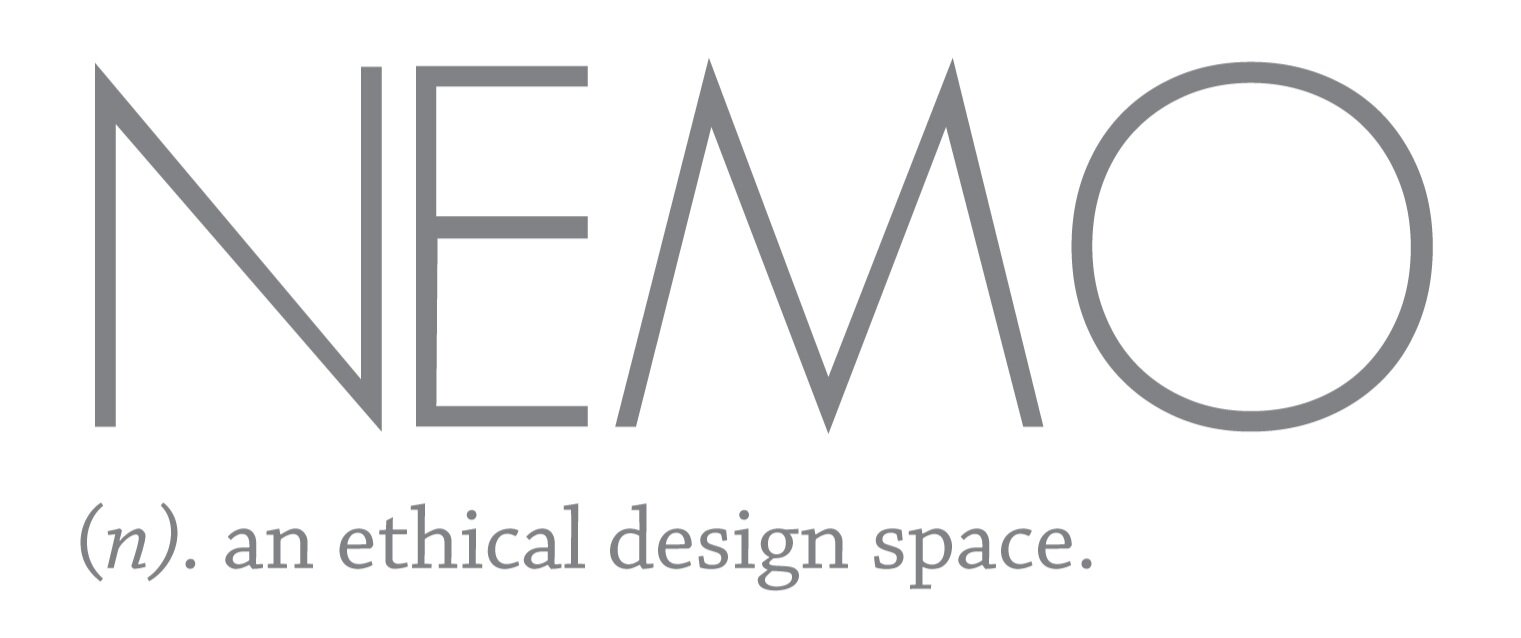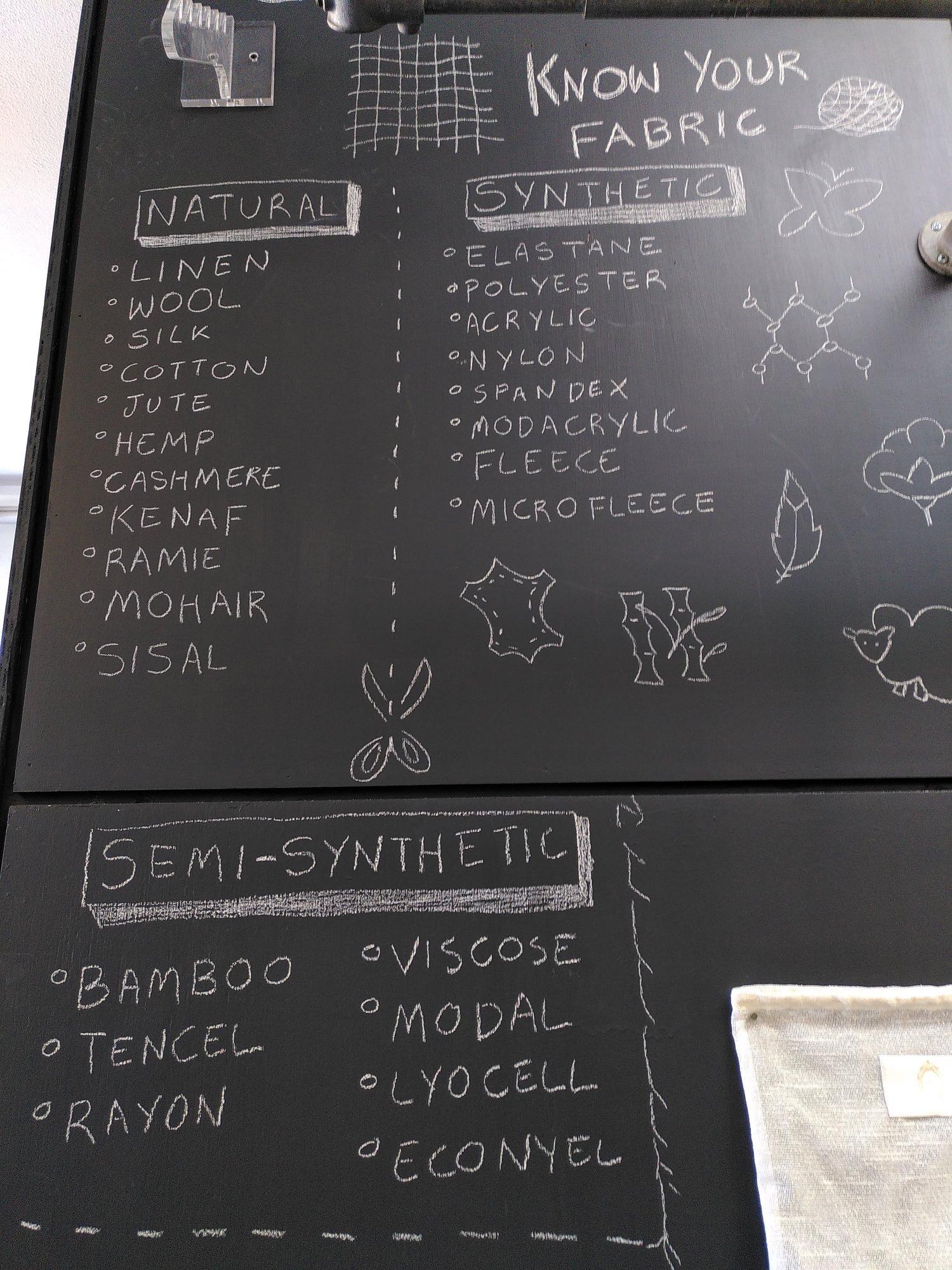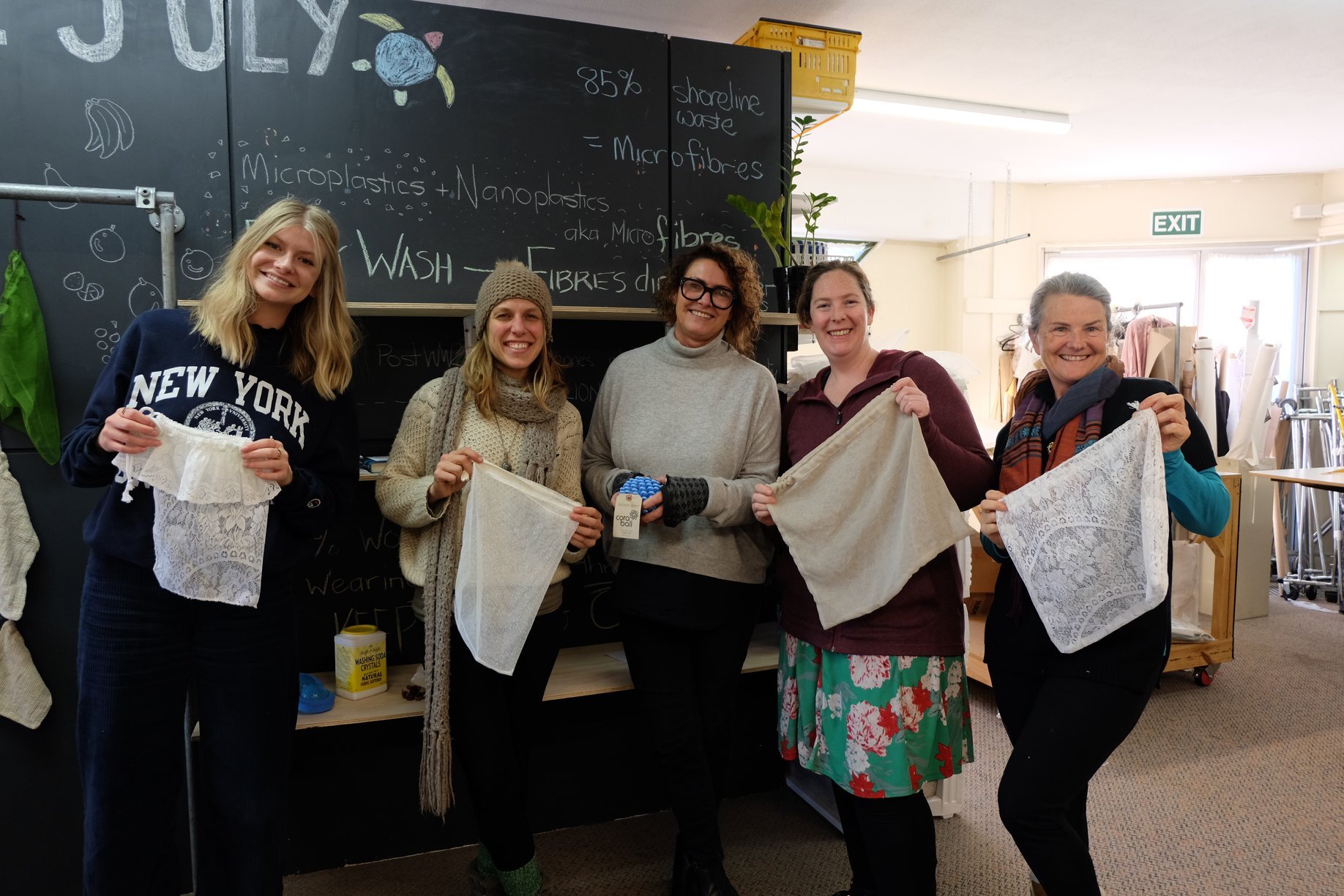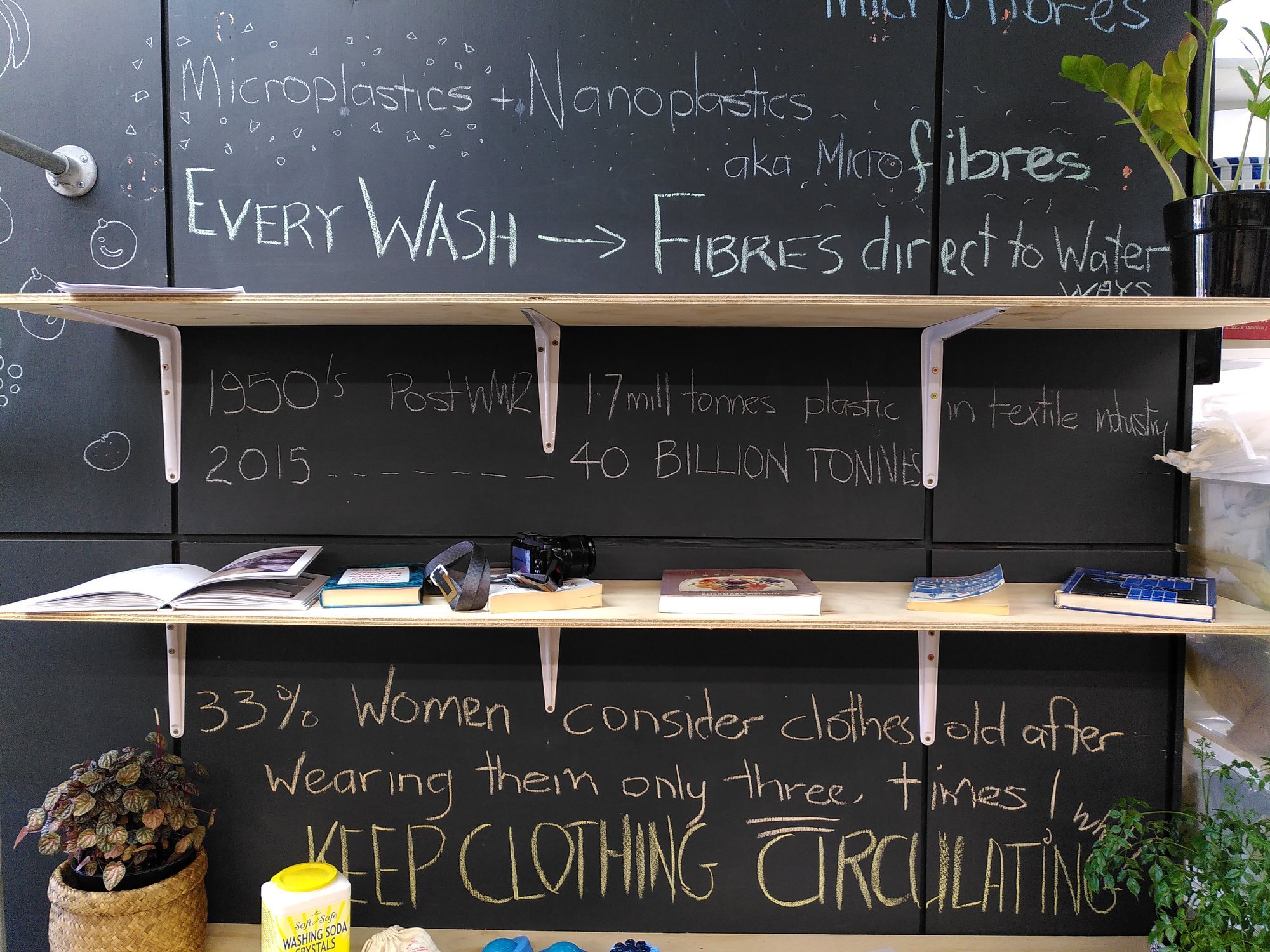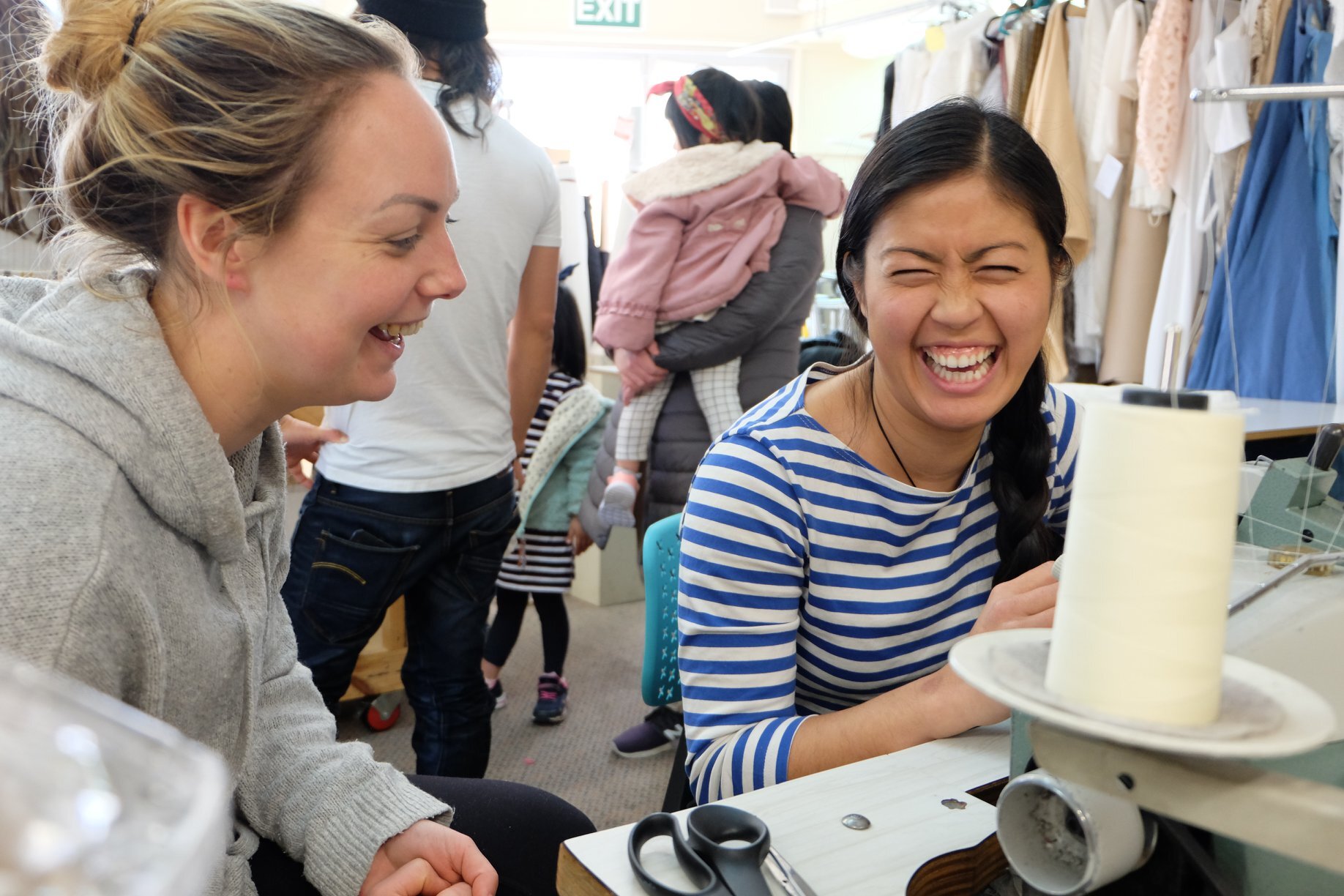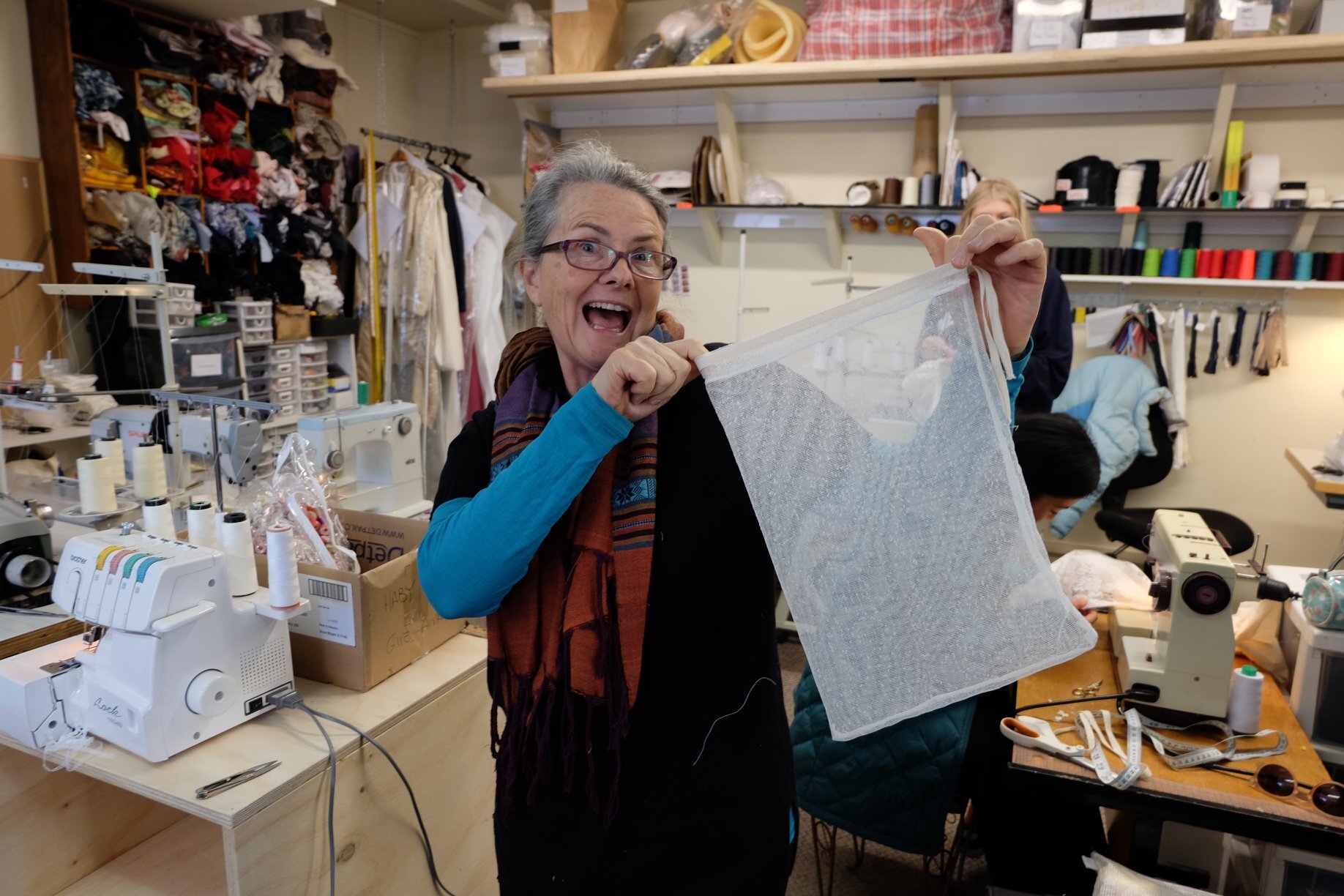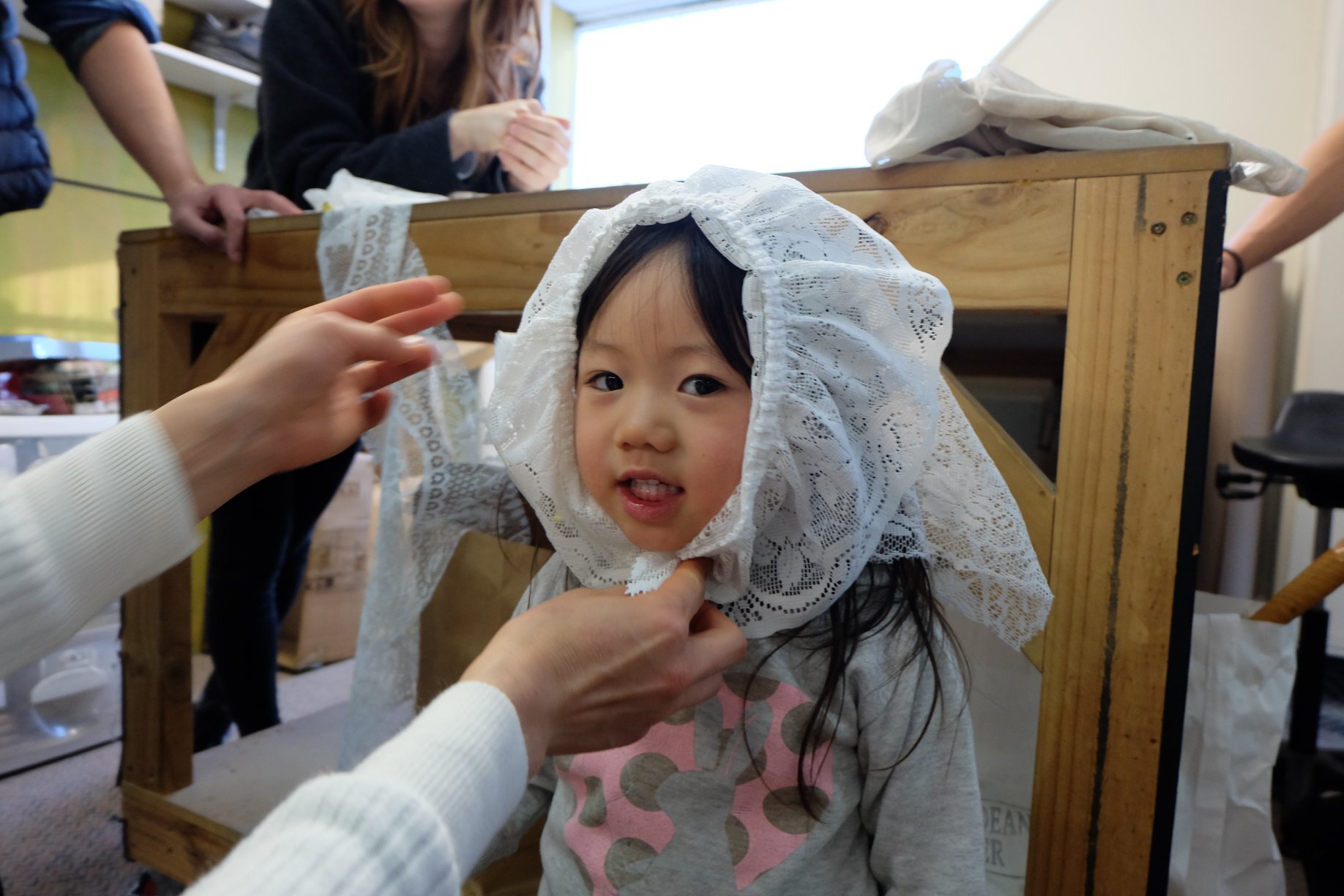#PlasticFreeJuly: Do you know about Micro-fibre and how you’re polluting the Oceans with it?
On Sunday 19 July ‘20, Nemo Workroom co-hosted Sustainable Steps: A Plastic Free Journey…
…a full-day event supporting #PlasticFreeJuly, the worldwide movement against plastic.
The Plastic Free Journey was organised by Sustainable Queenstown, and Nemo contributed by hosting 2x workshops where guests learned all about how plastic has infiltrated the textiles and fashion world, and why repairing is the new buying. We also taught guests how to make their own Produce Bags from recycled materials.
Overall, it was a fun afternoon, but the core principles that we introduced to our Workshop participants is SO important that we wanted to add it to our platform so to share it with a wider audience.
Below is a recap of the key information nemo owner, Trudy, taught our Workshop guests:
the secret dangers
of Micro-fibres
We’ve all heard of Nylon, Polyester, Acrylic and other synthetic fibres…
… all of which are created from plastic. These fibres were introduced into our world post-World War II, with the emergence of popularity in plastics. In the 1950s we utilised around 1.7 million tonnes of plastic fibre globally in the textile industry, but by 2015 this usage rate became 40 Billion tonnes.
The Problem
Micro-plastics and nano-plastics (aka microfibres) make up the fibre content of many textiles and are broken down and exuded, often over long periods of time, without the integral degradation of the primary product i.e.: the garment.
So with regular washing in domestic washing machines that directly dial in to the main waste water system, these micro-plastics are washed straight into natural waterways like rivers, lakes and ultimately, the ocean.
Ecologist Mark Browne was one of the first to expose this problem from a study he carried out in 2011. This study exposed the fact that over 85% of man-made materials found on the shoreline are micro fibres.
It was Browne who first blew the whistle on how our laundry is polluting the Ocean. In 2011 he and co-researchers discovered that the source of most plastic pollution on coastal shores sampled across the world wasn't the fragments of plastic packaging or micro-beads they had expected, but fabric fibres from clothing and blankets, especially acrylic, nylon and polyester.
"All pollution is a problem, but it's also a problem if we're only looking at some sources of pollution and not others. We're getting action on plastic bags, bottles and micro-beads [tiny plastic particles in face scrubs and other cosmetics] but not microfibres, and it's surprising given that plastic fibres are the most abundant form of plastic contamination globally," says Brown.
"We need a strong response from the textile and the appliance industries to produce better fabrics and washing machines and from governments to improve sewage treatment and support research into developing ways to reduce microfibre pollution."
What do they look like?
Micro-plastics are less than 5mm in diameter.
Nano-plastics / nano-fibers are less than 100 mm in diameter.
How do they shed?
Another study out of the University of Plymouth showed that in just one 6kg wash, over 700,000 microfibres can be released. Top-loader machines shed 7 times more fibre than front loaders, and washing a single garment can produce up to 1900 plastic fibre particles to come away into the washing water.
What do they do?
It is now apparent that after 70 odd years of textile production, with reliant use on plastic to create fabrics, that this plastic has become a ubiquitous part of our global ecosystem. Microplastics have become part of the archaeological and geological records of the future.
Being plastic, micro-fibres absorb toxins as they pass through treatment plants and, unlike natural fibres, they do not break down. The biggest concern is that marine life are ingesting these tiny, toxin-filled fibres and that the plastics (and toxins) are making their way back into our food chain. Micro-plastics harm marine life with accumulation in tissues causing direct injury and impacting their ability to feed. There is also the chemical/toxicity side to look at, with high levels of plasticisers causing reproductive and growth issues**. Expand this out into the whole ecosystem, there's far reaching impact through the entire food web.
What we eat isn't exempt from this - we are literally eating plastic too. The impacts on human health are yet to be determined. Research is still in the early stages but common sense points to the 'not so good'. A plateful of plastic doesn't sounds too tasty and if it's already having massive impacts on Marine Life, logic goes it isn't going to be all that good for us either. There’s not any research yet that shows sea life or people have been harmed by microfibres, but it’s a no-brainer — plastic pollution is not good for our oceans.
What textiles should we look to?
There are two main types of fabrics: synthetic, made from plastic, and natural, made from biodegradable materials. 100% natural fibres do not contain plastic, and at the end of their life span, they can break down in compost conditions.
Unfortunately, no fabric is without its impacts. Conventional cotton production contributes a fifth of the world’s pesticides.
Wool is a fantastic fabric but requires large amounts of land — which are also in demand for food production — and uses a lot of chlorine in its production to make it soft on the skin.
Viscose is natural; it’s made from tree pulp, but increasing demand for this fabric is threatening old growth forests and the last habitats of endangered species. Bamboo is also a very strong, tough plant. Turning it into a soft and wearable fabric involves a heavy chemical process, meaning it may not end up as the natural fibre we think it is.
Polyester has a microfibre problem, but it is also more durable for many uses.
For your reference, here’s a breakdown of the different kinds of fabrics in use today:
Natural Fabrics:
Linen
Wool
Silk
Cotton
Jute
Hemp
Cashmere
Kenaf
Ramie
Mohair
Sisal
Semi-Synthetic Fabrics:
Bamboo
Tencel
Rayon
Viscose
Modal
Lyocell
Tencel
Synthetic Fabrics:
Elastane
Polyester
Acrylic
Nylon
Spandex
Modacrylic
Fleece
Microfleece
How can we mitigate the risk?
Using a front loader washing machine is one suggestion and having a special filter installed on your washing machine is another. There's also a special bag called the Guppy Friend and a gadget called a Cora Ball, which both claim to capture some of these fibres when they are used in the washing machine.
But Ecologist Marc Browne isn't convinced these measures are effective and is concerned that advice to use special bags or washing machine filters are "greenwashing" and not yet based on any solid, peer-reviewed research.
Nonetheless - Wash your clothes less!
Be critical not political. Ask the questions of the manufacturers of textiles and appliance manufacturers. We need the leading washing machine manufacturers to produce filters and machines that stop the direct pathway of machines to waterways.
What you can do TODAY to help:
Read your clothing labels: WHY? To avoid purchasing synthetic fibres and know you’re purchasing natural fibres instead.
Wash your clothes in a front loader: WHY? Studies have found that top loading washing machines release 7 times more micro-plastics than front loaders.
Spot wash: WHY? Reduce the amount of times the garment is washed, and stop micro-plastics coming off your garment in the washing machine. This also helps the garment last longer.
Choose a cold wash cycle, or a temperature 30 degrees celsius and below: WHY? Warmer temperatures can cause more fibres to break off a garment.
Use liquid washing detergent, not powder: WHY? Washing powder can act as a scrubber on the clothes, and remove more fibres over time.
Wash your clothes with a Cora Ball. WHY? The Cora Ball collects some of the micro-plastics in the wash, so you can dispose of them responsibly in landfill. Check out Cora Balls here.
Useful References & Shopping:
Movies:
True Cost
Detox (produced by Greenpeace)
Resources used for this article:
https://www.youtube.com/watch?v=x0UbLJqzmdw Mark Browne interview with Plastic free mermaid
http://rozaliaproject.org/stop-microfiber-pollution/
https://caliwoods.co.nz/blogs/news/how-washing-our-clothes-is-polluting-the-ocean
This article is included in Twinkl's Eco-Friendly and Sustainability campaign, and is part of their article ‘Some great ideas to be more sustainable in 2021’
